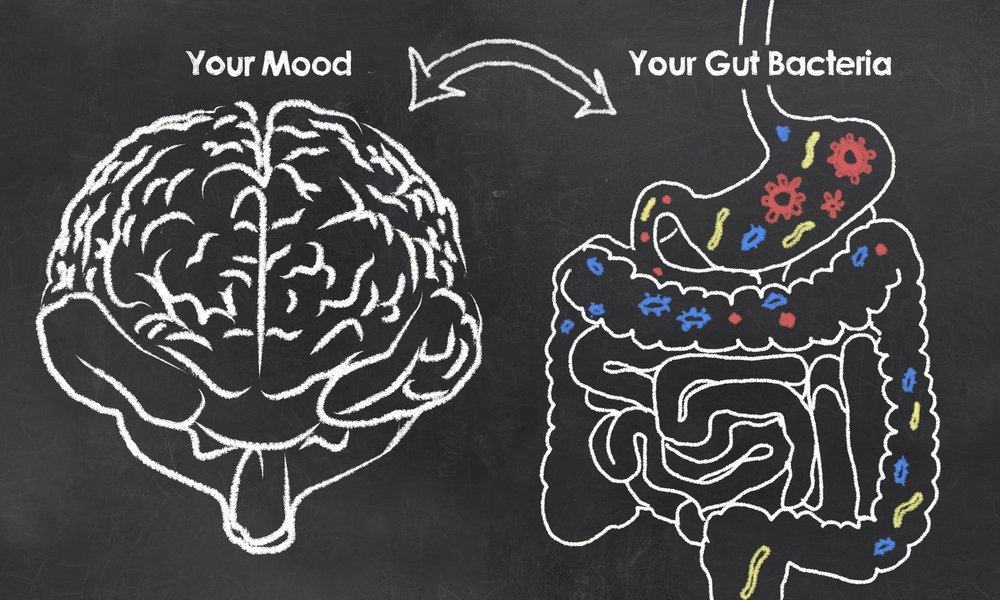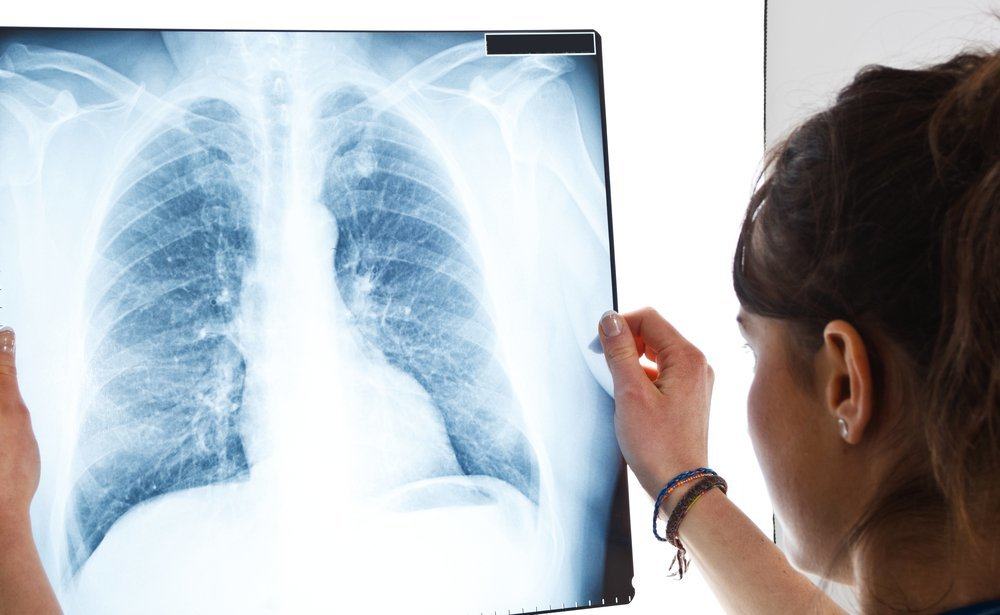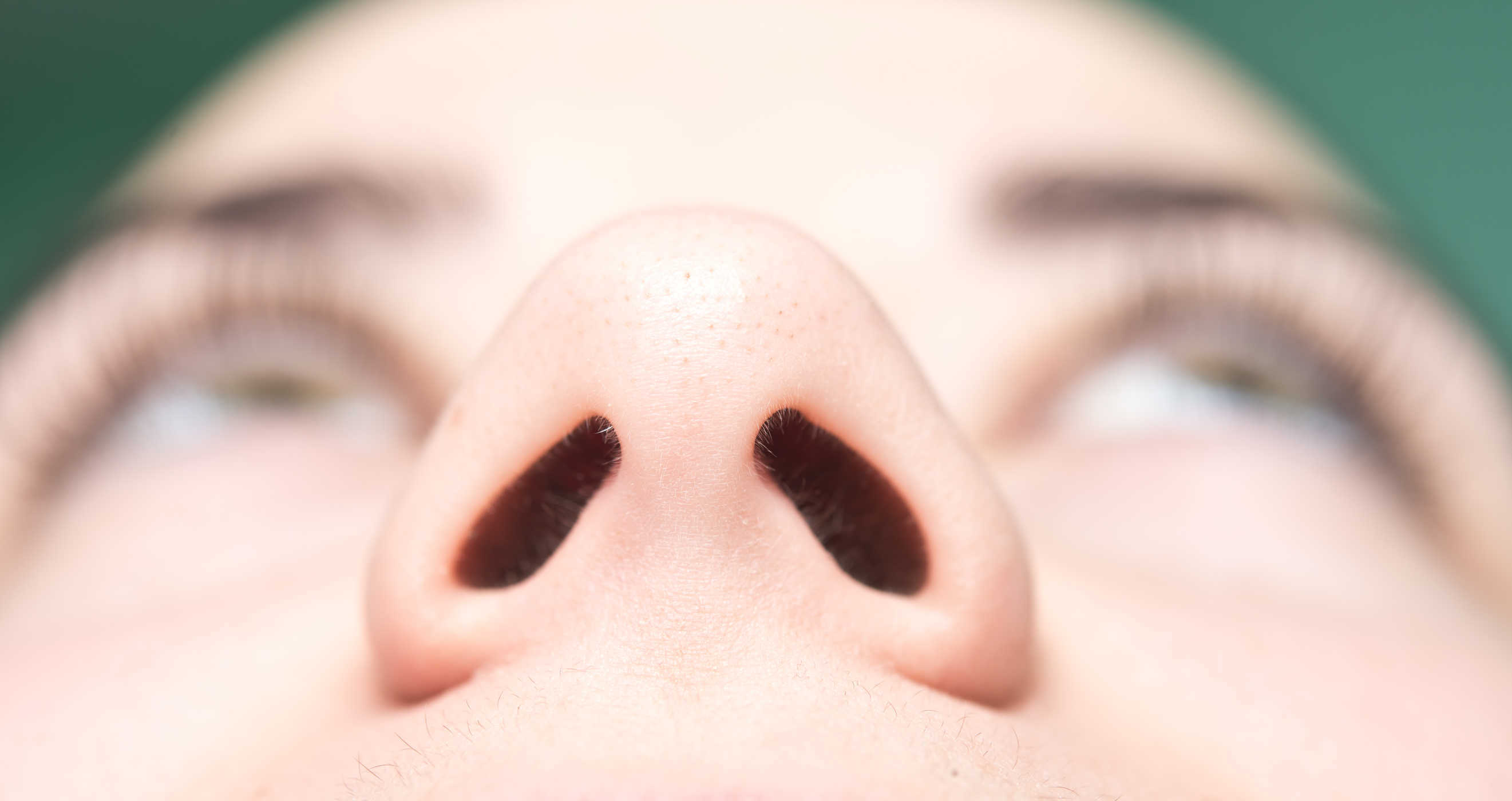Contents:
- Medical Video: Management of Chronic Rhinosinusitis
- Causes of sinusitis and rhinitis
- Symptoms of sinusitis and rhinitis
- Treatment of sinusitis and rhinitis
Medical Video: Management of Chronic Rhinosinusitis
When the nose is blocked, often a person experiences confusion, what causes the nose to become blocked. Some people say that it is rhinitis, others say it is sinusitis. What is the difference between sinusitis and rhinitis?
The relationship between sinusitis and rhinitis sometimes causes a causal relationship. The obstruction of the respiratory tract that occurs when someone has rhinitis, often causes infection, and one of the causes of sinusitis is the presence of an infection in your respiratory tract.
Some of the symptoms shown by sinusitis and rhinitis have similarities, such as nasal congestion, weakness, until you feel pressure on your head. In addition, both rhinitis and sinusitis are both inflammation. The difference, rhinitis inflammation occurs in your nasal cavity, while sinusitis inflammation occurs in the air cavity located behind the cheekbones and forehead (sinuses).
Here are some things that distinguish sinusitis and rhinitis.
Causes of sinusitis and rhinitis
Rhinitis is inflammation that occurs on the wall of your nose. Rhinitis is divided into rhinitis caused by allergens (hay fever or allergic rhinitis) and rhinitis which are not caused by allergens (non-allergic rhinitis).
Allergic rhinitis is caused by the presence of allergens such as dust and flower pollen carried by air and then inhaled by your respiratory organs. Whereas non-allergic rhinitis occurs due to exposure to pollutants that clog your nose, such as cigarette smoke, a scent that is too stinging, to temperatures that are too cold.
As described above, sinusitis is inflammation or inflammation that occurs in the sinus cavity. Unlike the case with rhinitis, inflammation of the sinuses generally occurs due to infection caused by the presence of bacteria, fungi and viruses, to conditions where one part of the nose is smaller than the other (septal deviation).
Symptoms of sinusitis and rhinitis
Although sinusitis and rhinitis have some similarity in symptoms, but rhinitis symptoms (good ones allergic or who non-allergic) usually can be identified by the onset of symptoms such as frequent sneezing, an itchy nose, and a red nose caused by a blockage in the nose to eventually experience irritation.
In allergic rhinitis, these symptoms arise as a result of self-protection against allergens (body immunity), which is carried out by a chemical found in your body known as histamine.
Whereas in sinusitis, after the nose has a blockage, the nose becomes a suitable container for germs to grow and develop. Symptoms continue with the appearance of headache and the release of a greenish yellow liquid from your nose. The blocked nose makes it difficult for you to breathe and breathe in the usual aroma, until the onset of pain and swelling in the area of the eyes, cheeks and forehead.
Treatment of sinusitis and rhinitis
Different causes, of course different handling. Handling given to treat rhinitis generally depends on how severe the symptoms are, and how far the rhinitis interferes with your activities.
Antihistamine drugs (barriers to the effects of antihistamines in the body) from pharmacies can be an alternative solution to allergic rhinitis. While spray drugs containing antihistamines can be used to treat non-allergic rhinitis. Unlike the case with rhinitis, treating sinusitis is usually done by giving antibiotics.












